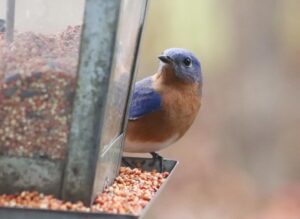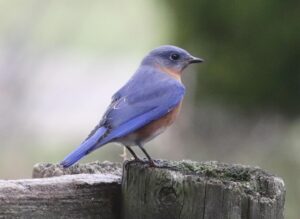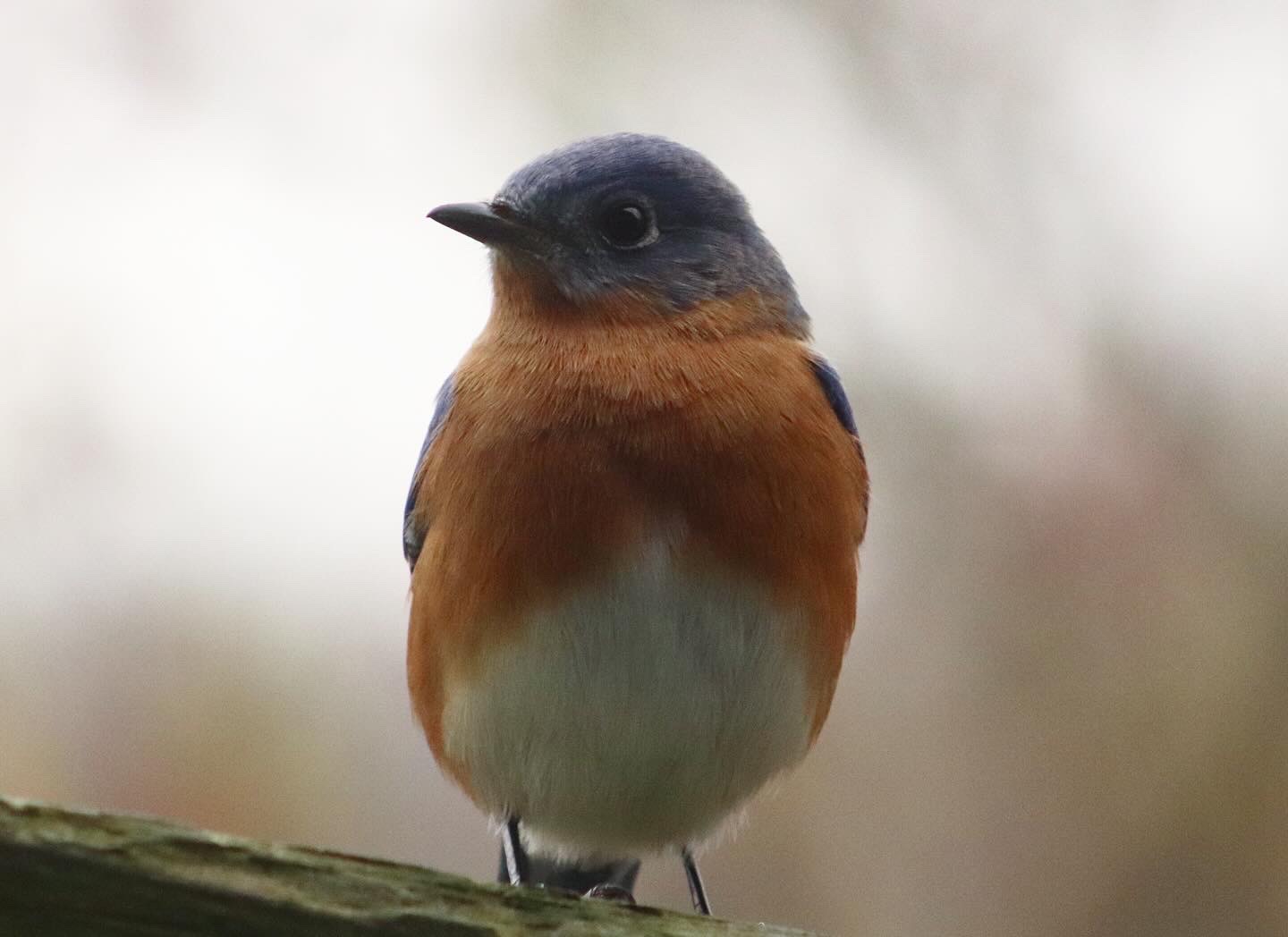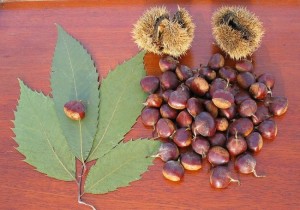by Jacob Crider
The magnificently colored Eastern Bluebird (Sialia sialis) is one of our most abundant songbirds during the winter months here at Creasey Mahan. This member of the Thrush family is slightly smaller than an American Robin and has vibrant blue plumage and a bright orange chest. Female Eastern Bluebirds will have slightly drabber colors and more of a brown-grey head. They are found in open woodlands, savannas, and grasslands throughout the Eastern North America, and live as far south as Nicaragua and Honduras.

Primarily insectivores, Eastern Bluebirds will add fruits and berries to their diet during the winter months to compensate for the scarcity of insects. They are frequently seen hovering low to the ground to catch insects mid-air or foraging for worms and other food items within the leaf litter. Fruiting plants, shrubs and trees such as Pokeweed, Elderberry, Viburnum and Chokecherry are all important parts of their winter diet, as well as providing lookout perches and shelter from predators. These birds nest in small tree cavities (normally created by small woodpeckers) during early spring and will also nest in bird boxes. They often compete for nesting space with other songbirds such as Tree Swallows, House Wrens, and invasive Eurasian House Sparrows. Courtship displays are exciting with males singing and fluttering their wings next to their mate and nest cavity.

Seen at CMNP year-round, the best areas to see Bluebirds are at the Bird Blind, around our Nature Center, Fieldhouse, and Mahan Manor, and along the Kathy Dennis Bluebird Trail dedicated to the wonderful Kathy Dennis who led Bluebird programs here at Creasey Mahan for many years. On the KDBT, birdwatchers and hikers will walk through our savannas and grasslands and to see 27 different Bluebird houses around the preserve.



